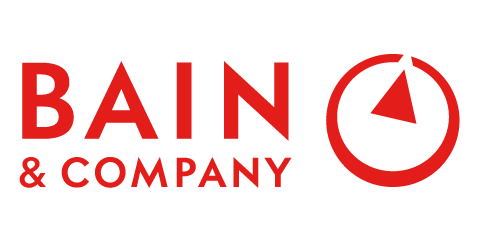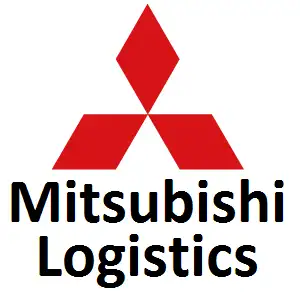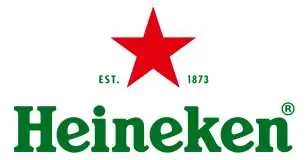
Vertical Farming Market Share, Size, Demand, Trends, Revenue, Competition and Future Outlook
Global Vertical Farming Market by Growth Mechanism (Hydroponics, Aeroponics, and Aquaponics), By Structure (Building Based and Shipping Container), By Offering (Lighting, Hydroponics Components, Climate Control, and Sensors), By Crop Type (Tomato, Lettuce, Bell & Chili Peppers, Strawberry, Cucumber, Leafy Greens (excluding lettuce), Herbs and Others), and By Region (North America, Europe, Asia Pacific, South America, and Middle East & Africa), Global Forecast to 2027
| Published: Apr-2020 | Report ID: AGRI002 | Pages: 1 - 108 | Formats*: |
| Category : Agriculture | |||
- Overview of key market forces restraining and propelling market growth.
- Provide demand, current & past status & also the forecasting up to 2027.
- Provide complete overview including, growth mechanism, structure, offering, Crop Type & forecast region.
- Provide focused analysis of key service providers with their market share & also help to identify market competition landscape with SWOT analysis.
- Historical, current, and projected market size in terms of value.
- Analyse the global & regional potential market, advantages, risk & opportunity.
- Identify significant factors and trends driving or inhibiting the market growth.
- In-depth coverage of the complete market in terms of supplier, buyer, price, trend, growth & forecasting.
- Hydroponics
- Aeroponics
- Aquaponics
- Building Based
- Shipping Container
- Lighting
- Hydroponics Components
- Climate Control
- Sensors
- Tomato
- Lettuce
- Bell & Chili Peppers
- Strawberry
- Cucumber
- Leafy Greens (excluding lettuce)
- Herbs
- Others
- Market Segments
- Market Dynamics
- Brands in Market
- Market Size
- Current Trends/Issues/Challenges
- Competition & Companies Involved
- Forecasting
- Technology
- North America (Canada, US, Mexico, & Rest of North America Available)
- Asia-Pacific (China, India, South Korea, Japan & Rest of Asia Pacific Available)
- Europe (Germany, Spain, France, United Kingdom & Rest of Europe Available)
- Central & South America (Brazil, Argentina & Rest of South America Available)
- Middle East & Africa (GCC Countries, South Africa, & Rest of MEA available)
- Koninklijke Philips N.V.
- Everlight Electronics
- Illumitex
- Sky Farms
- AeroFarms LLC
- Green Sense Farms
- American Hydroponics
- Agrilution
- Urban Crops
- Vertical Farm Systems
- Other Prominent Players
4.1. Introduction4.2. Market Dynamics
4.2.1. Drivers4.2.2. Restraints4.2.3. Opportunities4.2.4. Challenges
4.3. COVID-19 Impact of the Vertical Farming Market4.4. Market Trends
5.1. Hydroponics5.2. Aeroponics5.3. Aquaponics
6.1. Building Based6.2. Shipping Container
7.1. Lighting7.2. Hydroponics Components7.3. Climate Control7.4. Sensors
8.1. Tomato8.2. Lettuce8.3. Bell & Chilli Peppers8.4. Strawberry8.5. Cucumber8.6. Leafy Greens (excluding Lettuce)8.7. Herbs8.8. Others
9.1. North America
9.1.1. US9.1.2. Canada
9.2. Europe
9.2.1. Germany9.2.2. UK9.2.3. France9.2.4. Italy9.2.5. Spain9.2.6. Rest of Europe
9.3. Asia-Pacific
9.3.1. China9.3.2. Japan9.3.3. India9.3.4. Rest of Asia-Pacific
9.4. Rest of the World
9.4.1. Latin America9.4.2. Middle East & Africa
10.1. Introduction10.2. Market Share Analysis, By Key Players (2019)10.3. Competitive Scenario
10.3.1. Product Launches10.3.2. Partnerships, Collaborations and Agreements10.3.3. Acquisitions10.3.4. Expansions10.3.5. Other Developments
11.1. 4D BIOS INC11.2. AeroFarms11.3. Agricool11.4. Agrilution11.5. Altius Farms11.6. American Hydroponics11.7. bowery Farming11.8. Bright Farms11.9. Everlight Electronics11.10. Freight Farms11.11. Future Crops11.12. Green Sense Farms11.13. Growpod Solutions11.14. Heliospectra AB11.15. Infarm11.16. Intelligent Growth Solutions11.17. Osram11.18. Plenty11.19. Sananbio11.20. Signify11.21. sky Greens11.22. Spread11.23. Swegreen11.24. Urban Crop solutions11.25. Valoya11.26. Vertical Farm Systems11.27. Vertical Future Ltd
SPER Market Research’s methodology uses great emphasis on primary research to ensure that the market intelligence insights are up to date, reliable and accurate. Primary interviews are done with players involved in each phase of a supply chain to analyze the market forecasting. The secondary research method is used to help you fully understand how the future markets and the spending patterns look likes.
The report is based on in-depth qualitative and quantitative analysis of the Product Market. The quantitative analysis involves the application of various projection and sampling techniques. The qualitative analysis involves primary interviews, surveys, and vendor briefings. The data gathered as a result of these processes are validated through experts opinion. Our research methodology entails an ideal mixture of primary and secondary initiatives.
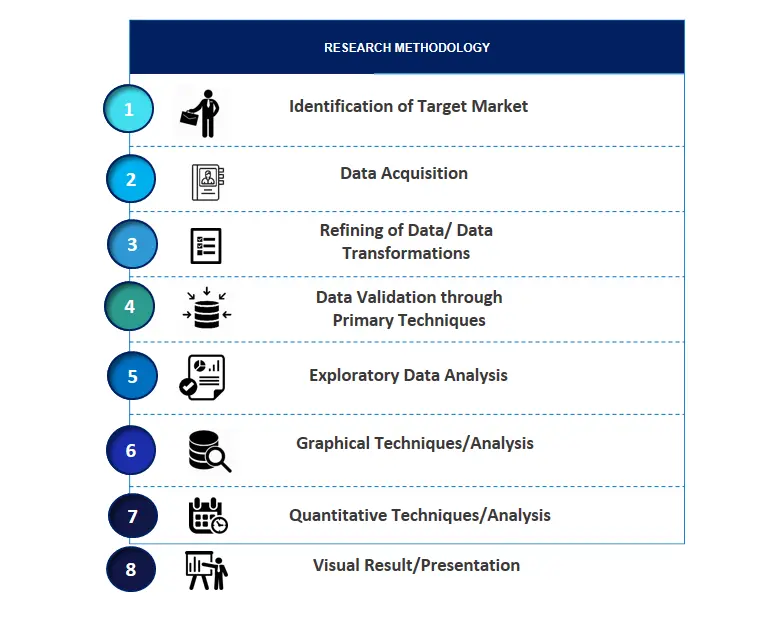
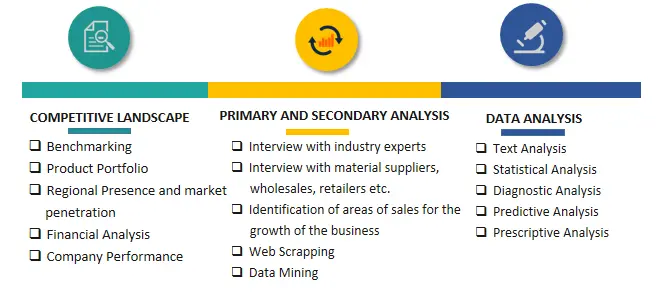

Frequently Asked Questions About This Report
PLACE AN ORDER
Year End Discount
Sample Report
Pre-Purchase Inquiry
NEED CUSTOMIZATION?
Request CustomizationCALL OR EMAIL US
100% Secure Payment

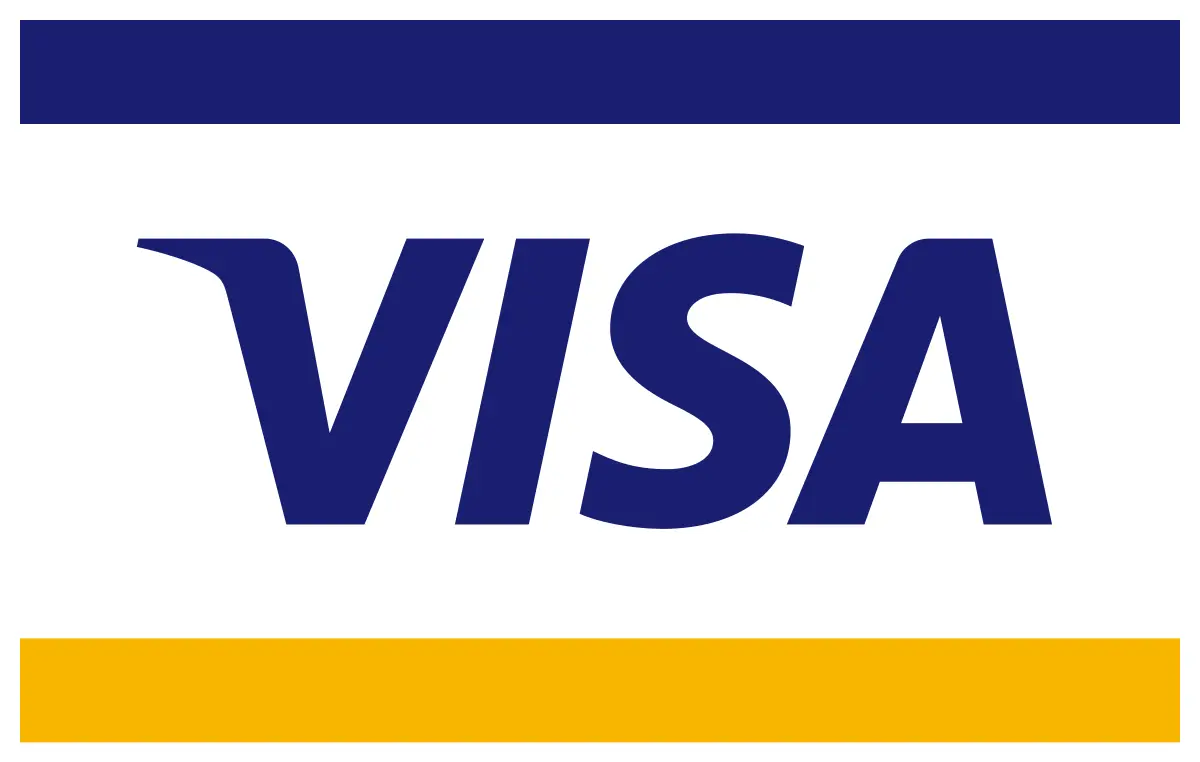




Related Reports
Our Global Clients
Our data-driven insights have influenced the strategy of 200+ reputed companies across the globe.







